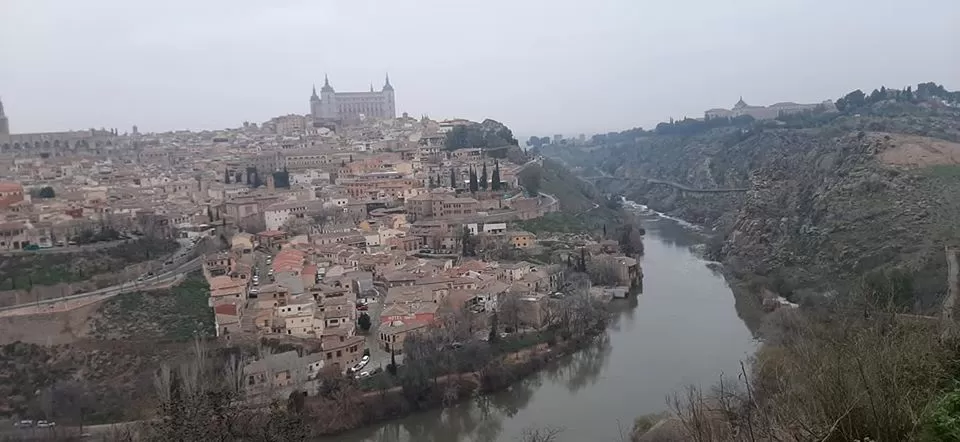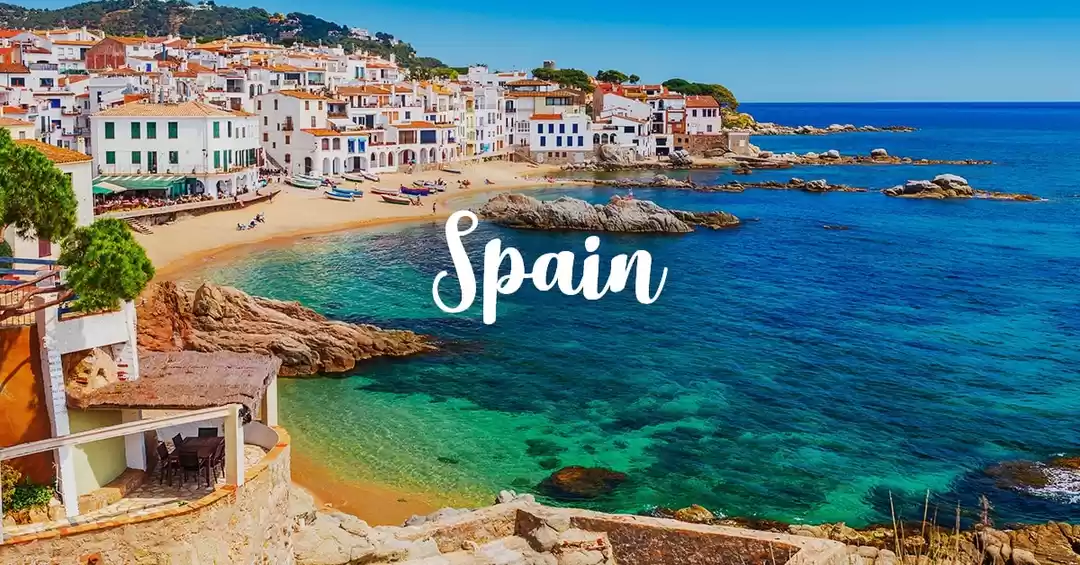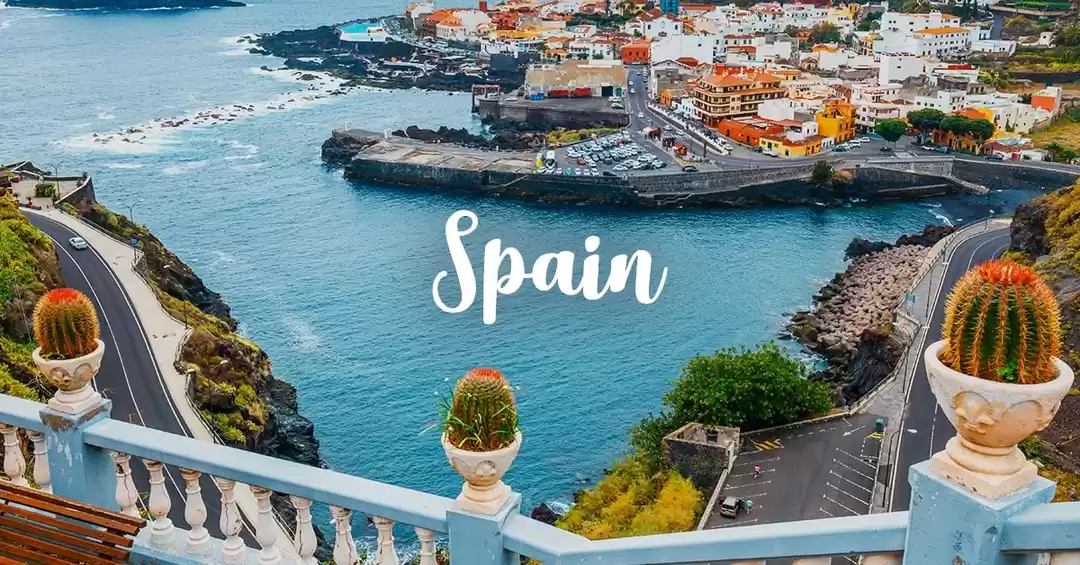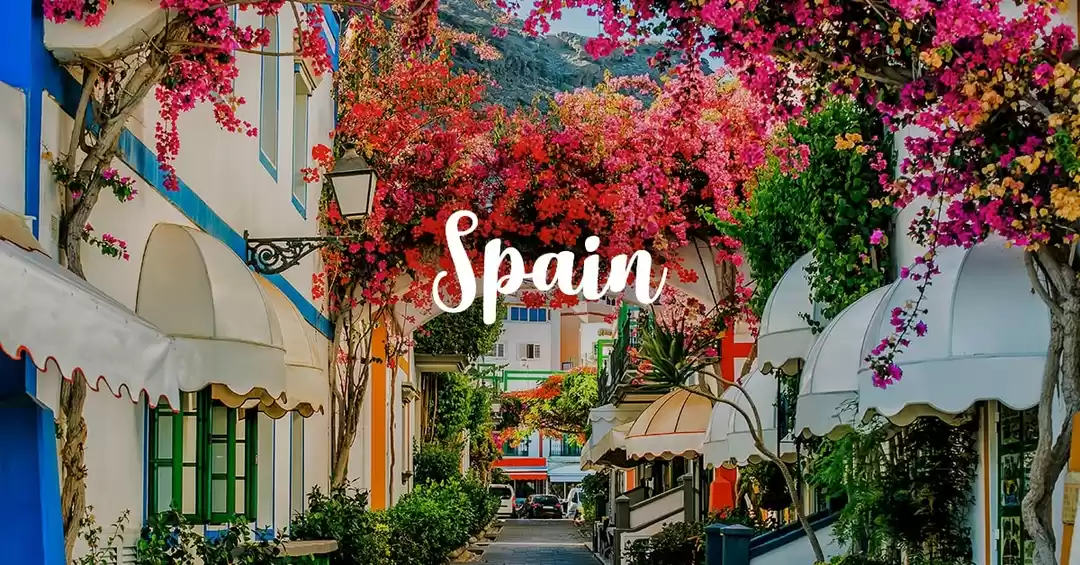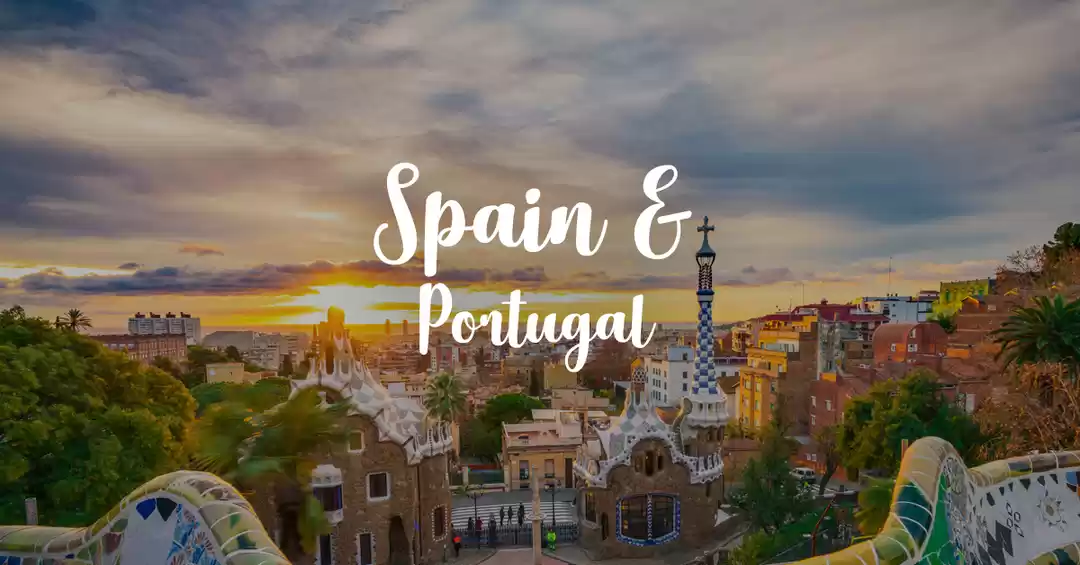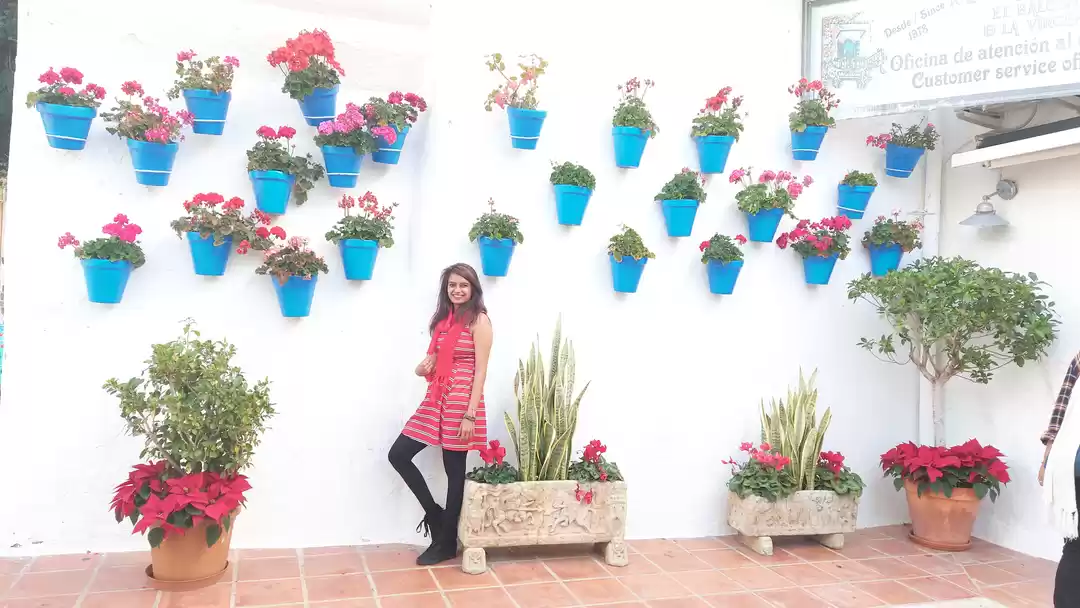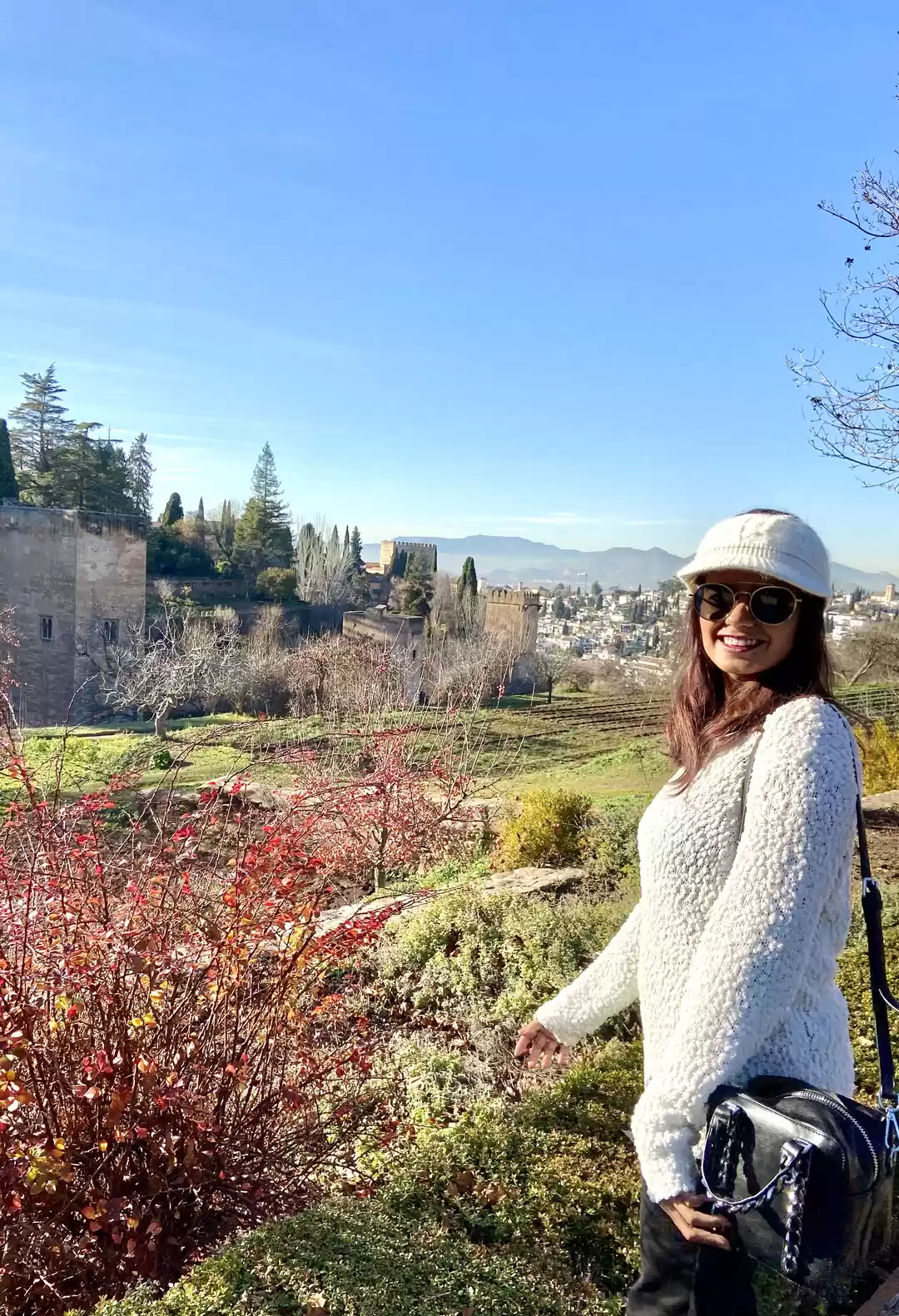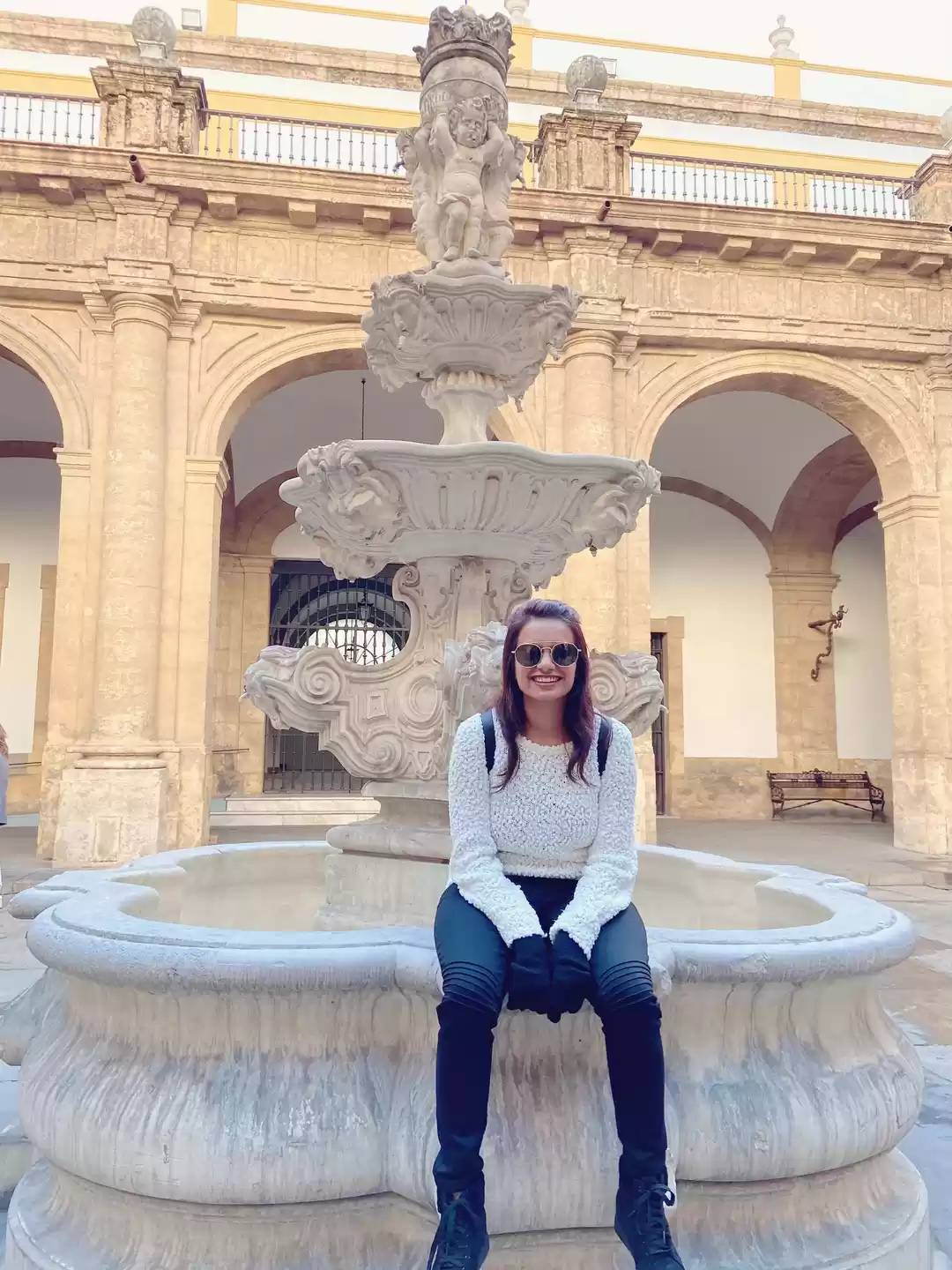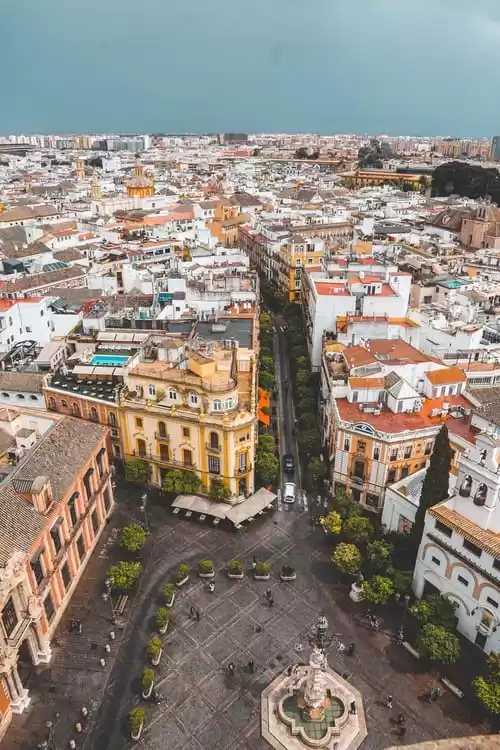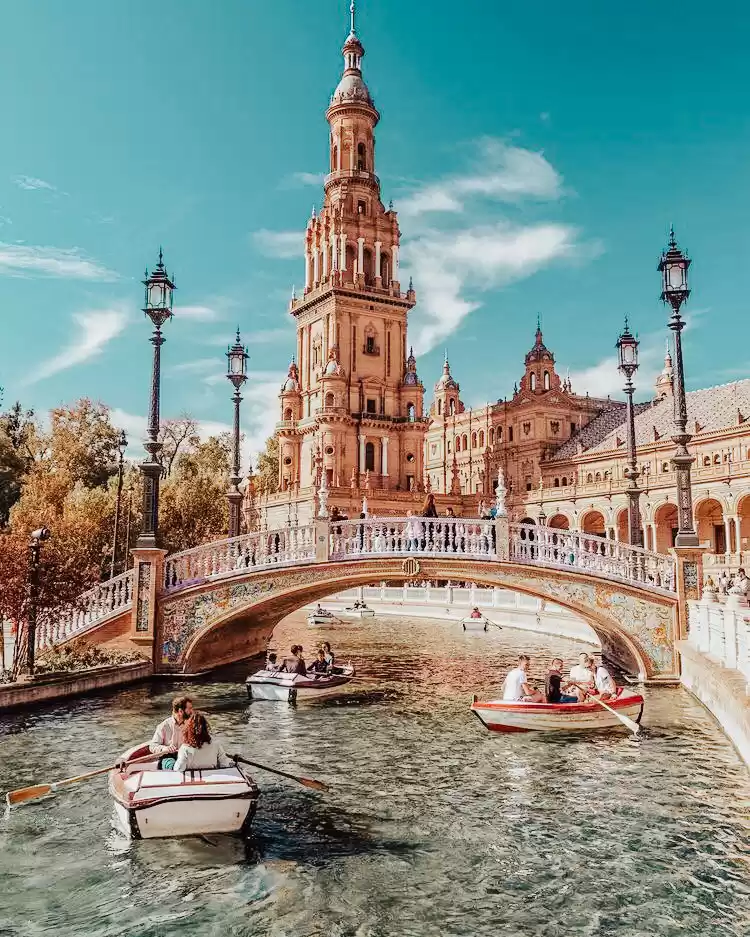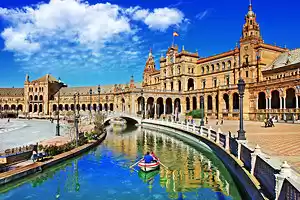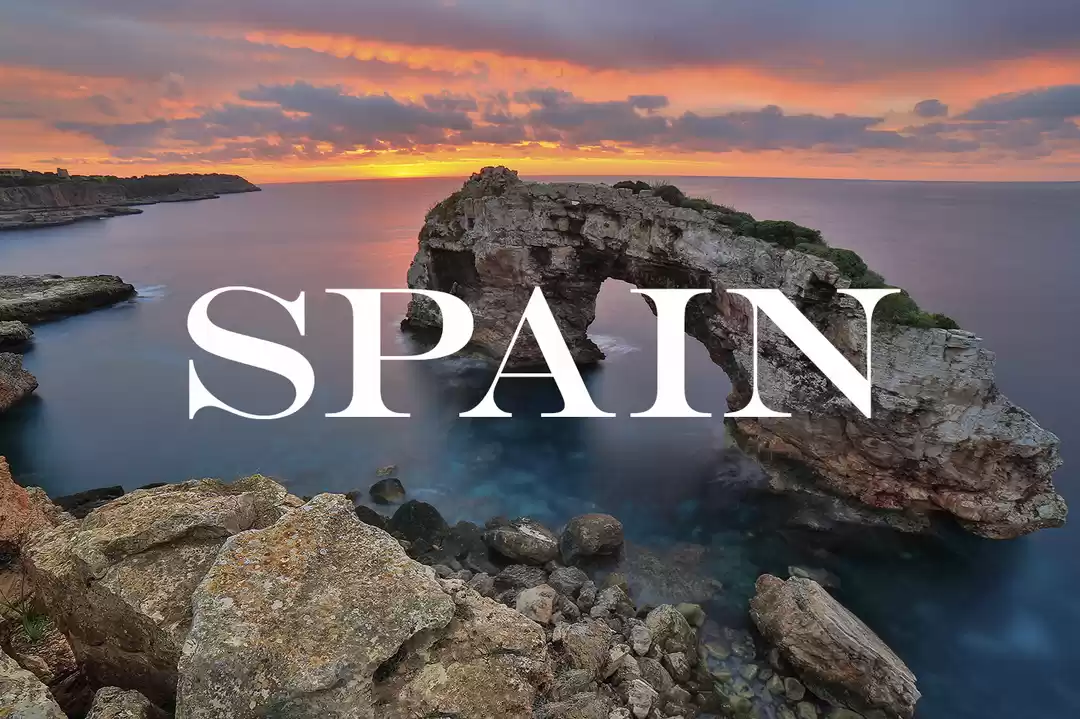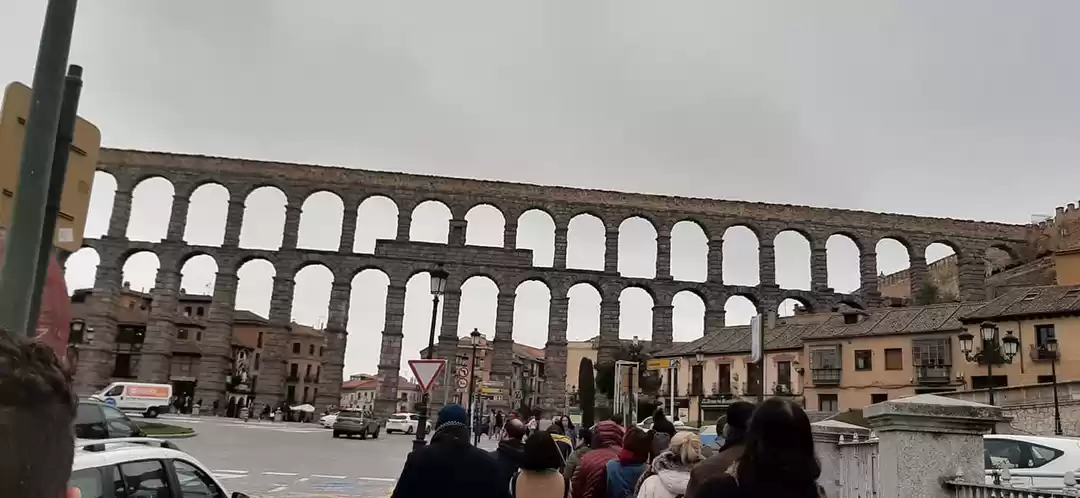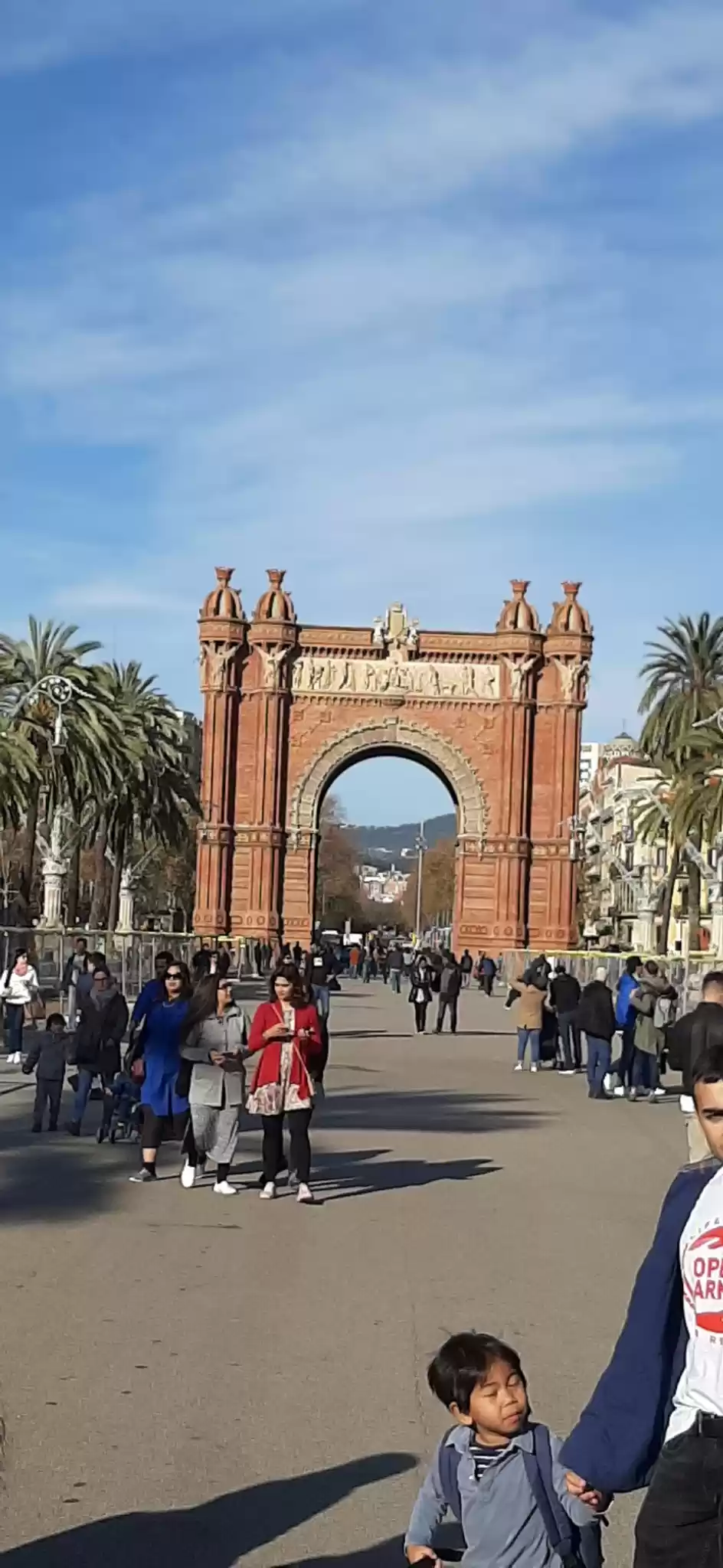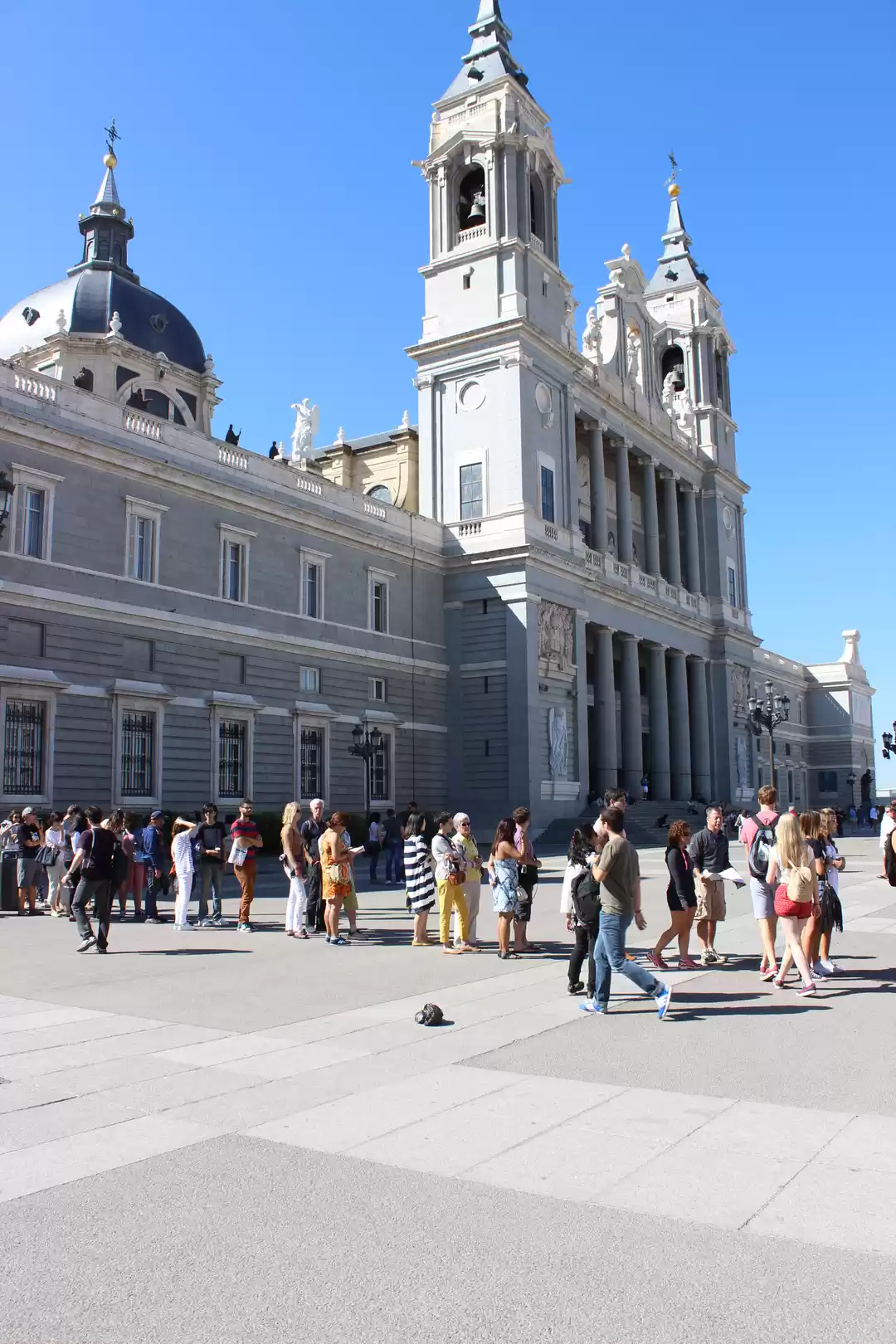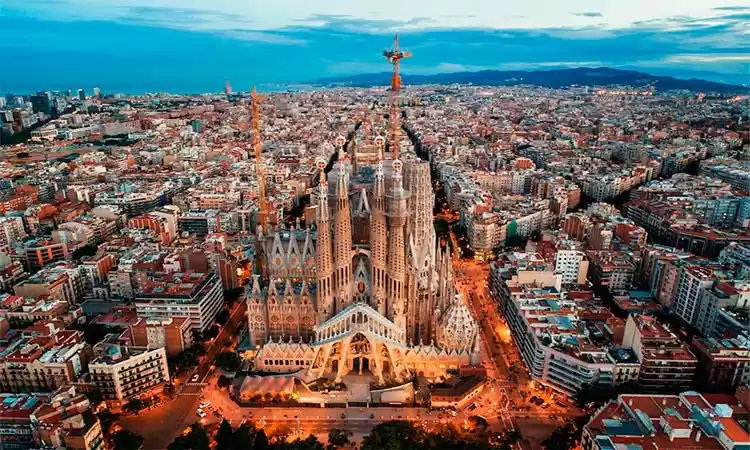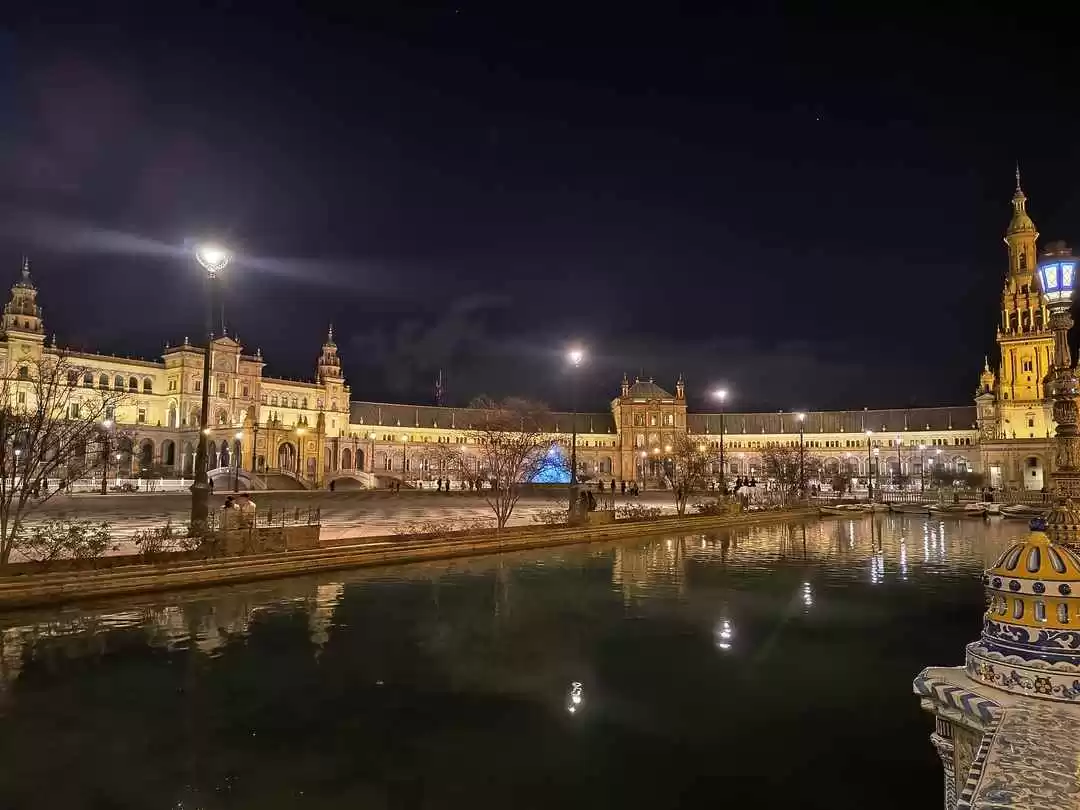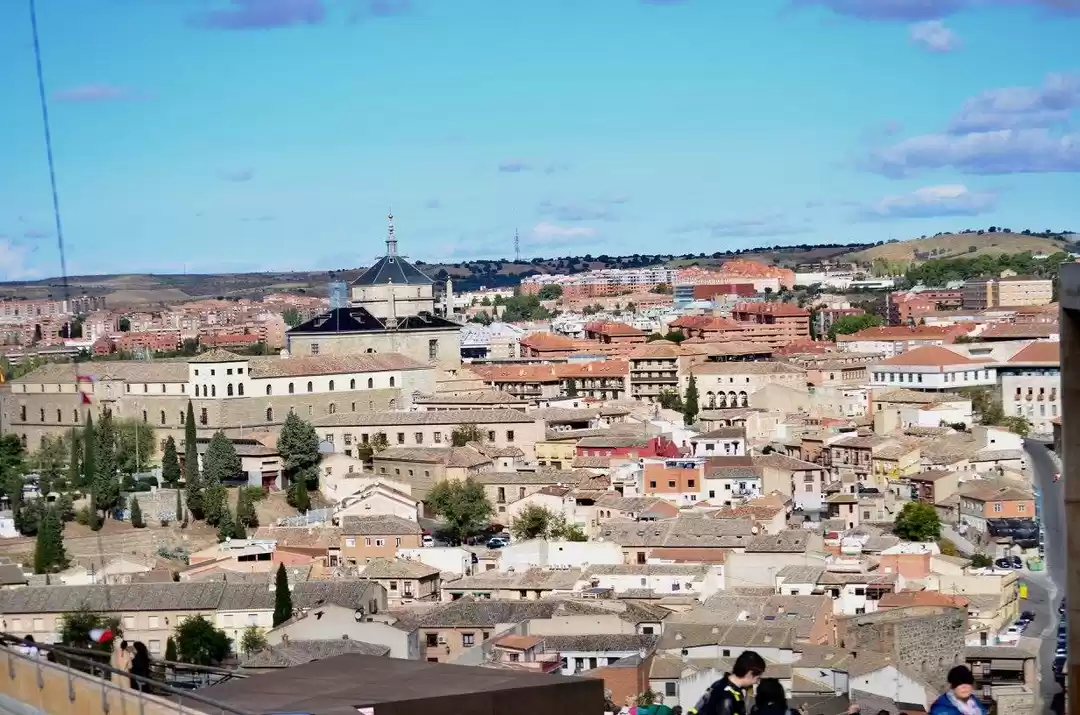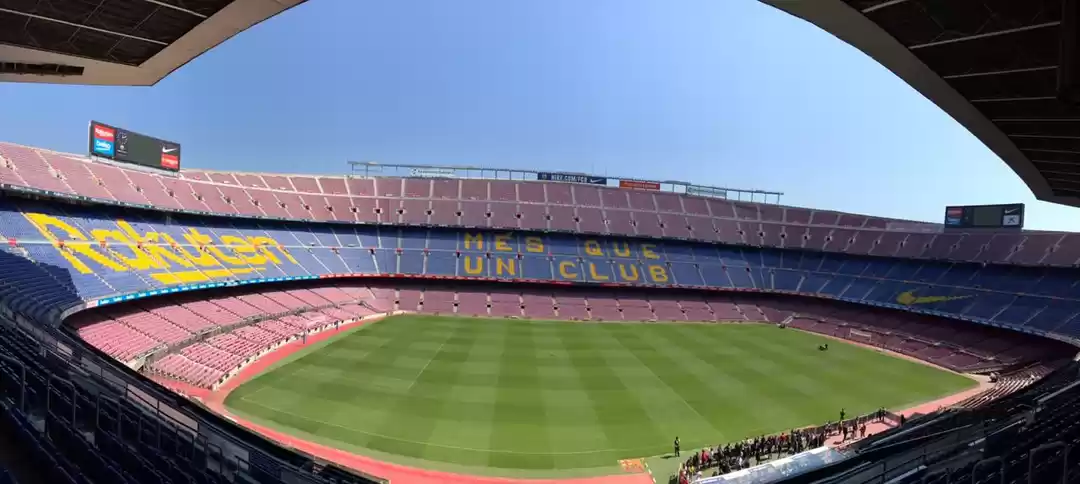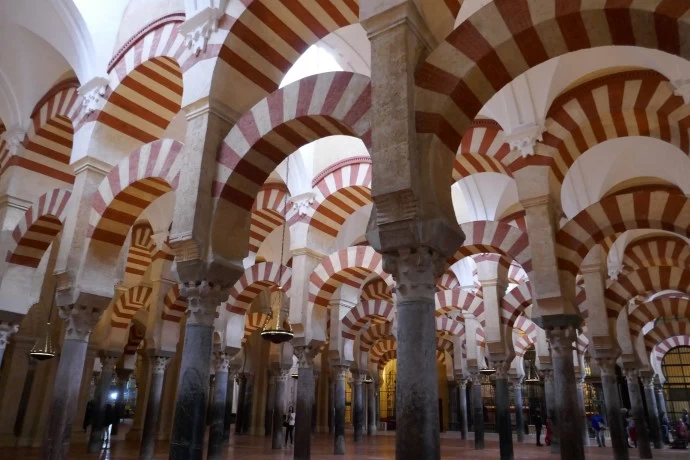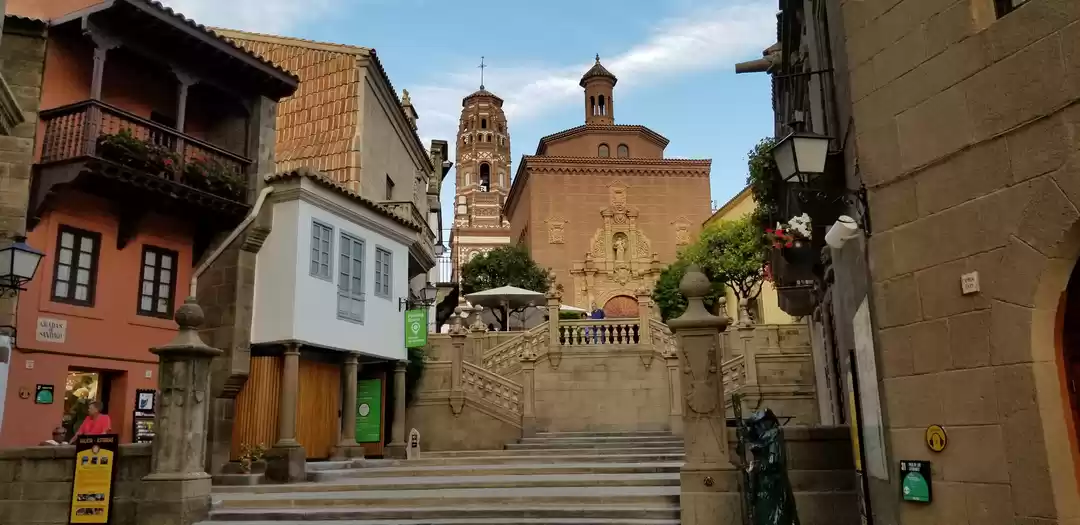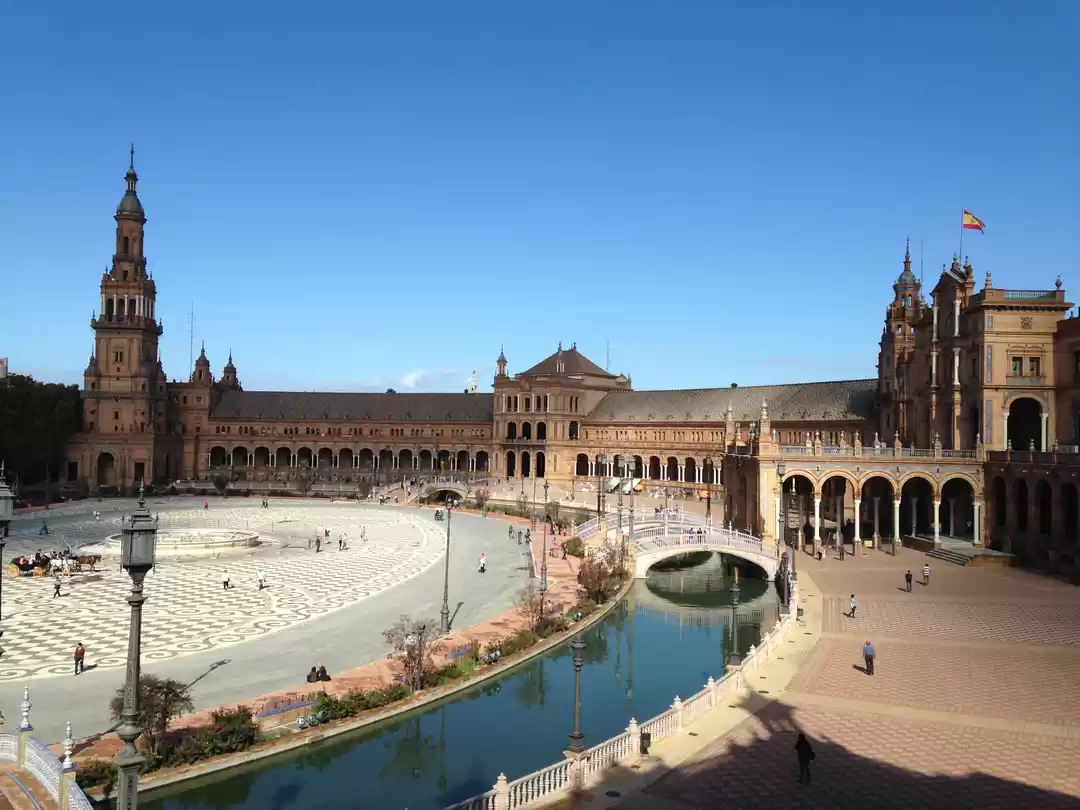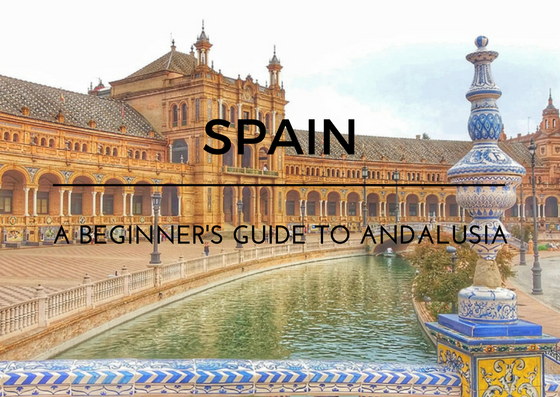Spain is all about the sunny sky, food, 'futbol' (Spanish pronunciation of football), fun things and historical infrastructures. In this context I must say that I was lucky to see 10 UNESCO rated world heritage sites in a single trip. Well, the trip was hectic, and involved waking up early and going to bed late, but this would surely give goose bumps, when reminisced after 10 years.For people who love history, Spain will be the most desired place for a holiday.
What's a world heritage site and where lies the importance?
There are about 1121 world heritage sites in this planet, identified and maintained by UNESCO (United Nation's Educational, Scientific and cultural organization. World heritage site could be cultural, natural or a mixed property, and spread over 167 State Parties. Sites having outstanding universal value, has been denoted as heritage sites. It's important that these sites cannot be renovated by changing its structure, but can be maintained the way it is. The site could be cultural, scientific, nature or any other significant forms, but it's generally protected by International legal treaties.
As for Spain, the country proudly shelters 48 UNESCO rated world heritage sites. Well, although my time was limited and my wishes couldn't follow the leaps and bounds; I managed to see 10 of them.
1. El Escorial monastery, Madrid: Built at the end of the 16th century, the Escorial monastery, stands as a symbol of martyrdom of St. Lawrence. It is the retreat of mystic power and during the reign of King Philip II it became the seat of political power. The Royal seat of San Lorenza of El Escorial became a world heritage site by UNESCO in 1984. There are 16 inner courtyards, 4000 rooms, 86 staircases and 88 fountains inside.
We were told by our guide that that present royal couple of Spain doesn't reside in this palace, but in the palace of Zarzuela, although it's the official residence of Spanish monarch. The palace is used in times of celebration.The monastery is open from 10 am to 6pm. You may spend evening near the monastery and walk to the Plaza de Oriente, where several restaurants and café line up to welcome the tourists.

2. Gaudi's architecture, Barcelona: Barcelona is a vibrant city and the most important place of Catalonia region. Known for its culture, and world class architecture by Antoni Gaudi, Barcelona has been the most favourite place for tourists in Spain. During late nineteenth and early twentieth century, Gaudi has contributed various structures that represent that gothic style with a blend of modernity to it.
We visited the famous cathedral of Sagrada Familia, and other structureslike Park Guell, Palau Guell, Casa Mila, Casa Vicens, Casa Batlo, and the church at Colonia Guell. All these works were felicitated as UNESCO world heritage sites. Architect Gaudi used parabolic arches, incorporating Catalan vaults which worked as revolutionary load bearing system. The queue to each site was too long, but you can easily take advantage of 'skip the line' tickets by purchasing online. That proved to be a time saver.The architectural legacy of Gaudi is contributed in the present construction of Sagrada familia, a catherdral that's going to be the greatest in European continent by 2026.
3. Seville: Seville is the most important city of the Andalusia region of Spain boasts to host three UNESCO world heritage sites in the same complex. The three buildings cathedral, Alcazar and Archivo de Indivas forms the most remarkable complex.The cathedral is a huge imposing basilica over a mosque. You may go to the terrace for getting the best bird's eye view.The Alcazar is a great architectural excellence and a mish mash of styles and periods, having a fascinating journey through history. The Archido de Indivas is an extraordinary structure that preserves over 40,000 documents and maps; formerly it used to be a stock exchange. The resources refer to the voyages to the new world,covering the last three centuries.
We saw the structures, and posed photos surrounding the places. We were most fascinated by the trees, truncated with oranges almost reaching our hands. The guide told that these oranges are plucked for the purpose of making marmalades. An interesting place indeed.
4. Poblet : The Poblet monastery is situated at the south of Catalonia, and northeast of Iberian Peninsula. Built between 12 th and 15 th centuries, it's known for its impressive architecture that includes a fortified royal residence and pantheon for the monarchs of Catalonia and Aragon.The monastery is surrounded by three defensive walls around. The first enclosure was built in the 16 th century, has storehouse, workshop and worker's house. The second enclosure is a fortified golden door, and the third or innermost enclosure includes church, monastic room and cloister.The defensive monastery is surrounded by a wall of polygonal or square tower, two of which is flanked by the royal doorway. It's one of the most unique artistry of Cistercian abbeys in the 12 th, 13 th and 14 th century.It was inscribes to the list of world heritage site in 1991.
Poblet is accessible from Barcelona in a day trip. We saw monks around the premises. The trips are generally done in Spanish and Catalan language. You have to buy an English audio guide to get through the structure.
5. Cordoba: A city situated in southern Spain, Andalusia region, having a population of 325,000 only has the most number of UNESCO rated world heritage sites. Anybody, if asked over a dinner party, on which city having highest number of heritage sites, the answer probably would be Paris, Rome, Barcelona, Madrid, etc. But, truly speaking its Cordoba.The other notable sites here are the Alcazar, a fortress dating back to the Arab rule, a spectacular visit.The archaeological remains of the caliphate city, Medina Azahara, an Arabic term which means 'shining city', an establishment built in the 10 th century is worth viewing.If you visit Cordoba in May, the patio festival starts which is another UNESCO rated distinction. People decorate their houses with summer flowers and that's a wonderful spectacle. Tourists are invited to see, and take photographs of the same.
The most famous is the mesquita cathedral, which was built in 786 AD, then conquered by the Arabs, converted to mosque and again after 16 th century taken by the Christians. The walls of the cathedral has Arabic inscriptions in it. People who come here offer their prayers, at the same time offer namaaz. We were told by our guide, that many people in Spain has been converted to Christianity, but practice Islam in secrecy. The mesquita cathedral is a prominent example of this culture. Cordoba, was the last powerful empire of the Muslims in Spain, bears eminent Moorish influence.
6. Avilla: Avila is a fortified Spanish city located in the Castile and Leon Community. It's even regarded as the town of stones and saints.It has the highest number of Romanesque gothic churches. It's a complete medieval town built in the Romanesque style. Avila was declared a UNESCO world heritage site in 1985. The site consists of walled city and four extra muros churches.
The main wall of Avila was built in the 11 th to 14 th century. The very sight of it was photogenic as we viewed in the afternoon sky. We took photographs from certain view points. The wall of Avila becomes a fantastic sight in the evening as they become totally illuminated. We saw the cathedral and took photographs of the northern façade, western front, interiors, capilla mayor, chapel of san Segundo, and the chapel of santa catalina. We saw various other structures like basilica of san vincente, Iglesia de san pedro, convent de san jose and many more. Walking through the cobblestone city gave me immense pleasure and I could understand the versatility of the city which existed of years before and still prevalent. For gastronomic requirements, try some bun stuffed with sausage, bacon, steak and eggs. 'Hornazo' is worth mentioning in this respect.
7. Segovia: Segovia is a medieval town situated in central Spain, the autonomous community of Castile and Leon.The centre is situated at the confluence of Eresma and Clamores River.The Moors, Jews and Christians co -existed since a long period and worked together during the manufacture boom of the 16th century. The roman aqueduct of Segovia was built in the 50 BC, is remarkably well preserved. Consisting of 128 pillars, the aqueduct stands 28.5 metres above the ground level.The aqueduct of Segovia, is best known for the civil engineering feats, excellent state of conservation and cannot be separated from Segovia as a whole.
We explored the city, posed before the historic remains of aqueduct, and felt a state of satisfaction standing beside of one of the oldest structures of the world.
8. Salamanca: Salamanca, a city situated at the Northwestern Spain, a part of Castile and Leon region, dates back to it's presence in the Celtic era.The architecture is made from ornate sandstone and the oldest university, Universidad de Salamanca exists here.Research says that the university was established in 1100 AD and became the centre of education for the intellectuals during 15 th - 16 th AD.
We made a day trip to the place from Madrid and enjoyed exploring the city. The historic city has important Romanesque, Gothic, Moorish and Baroque monuments. We saw the cathedrals, palaces, churches placed at the Plaza Mayor. The stones that has inscriptions of the life of a student, prevents the city from ageing.
We were accompanied by our guide, who narrated stories taking us to the nook and corner of the streets of Salamanca. Needless to say, I fell in love with the centennial stones. We saw the house of shells (casa de las conchas) and loved the traditional ambrosia flavours of the city.We tried some tostas and montaditos for our gastronomic needs.It was an absolute pleasure for a photography freak to click alluring views of the age old city.
9. Granada: Granada, a city situated in Southern Spain's Andalusia region, and at the foothills of Sierra Nevada has grand examples of Moorish architecture. The city proudly possess Alhambra, the fortress, reflecting the Nasrid dynasty built in 889 AD. Eminent personalities like Cristopher Columbus stepped in to have discussions with the then monarch.We availed the walking tour of Alhambra, and it was a wonderful experience. The patios, the enclaves, the wooden architecture, the gardens and the lion like structures speak some untold stories.The Moorish poets described Alhambra as' a pearl set in an emeralds'. On the Eastern side of Alhambra, stands the Generalife, where the Emirs used to reside during the 13 th and 14 th centuries.The Alhambra, Generalife and Albayzin, stand on two adjacent hills separated by the Darro river.The district of Albayzin, constitutes the origin of the city of Granada, is a rich legacy of the Moorish town planning. The Christian tradition co-exit harmoniously. Albayzin district is the best site where Hispano- Muslim tradition exists.
Another attraction that draws tourists to Granada is the flamenco show organized at the caves, which gives a traditional touch.A picturesque city, Granada is a photographer's paradise.We stayed 2 nights at Granada, and explored the city.
10. Toledo : Toledo, an ancient city situated at the La Mancha plains of Central Spain, known to be UNESCO world heritage site from 1986. Known for having a wall all around the city, having Christian, Islamic and Jewish influence.We did a day trip to Toledo from Madrid. The first sight of the city was from a view point where we could see the walled city, Alcazar, cathedral overlooking the Tagus River. We were following our tour guide, along the meandering narrow roads of the city. We learned about the religious history of Toledo, and appreciated the Synagogue of El transito which resembled the Mud'ejar style. We visited the museum of El Greco and museum of Santa cruz. Although , there is no point wasting in shopping, but the steel swords displayed at the shops are truly mind boggling. I bought a miniature sample, as a sign of novelty.We had a guided tour along the Jewish neighbourhood and learnt how they were expelled from the city. We viewed the two synagogues that turned to churches.
Toledo has over 2000 years old history which involves being the capital of Visigothic kingdom, fortress of the Emirate of Cordoba, anearly Roman establishment, temporary set of power under the jurisdiction of Charles V, and an outpost of the temporary Christians fighting the Moors in the 16 th century. In one word, its history revisited.
